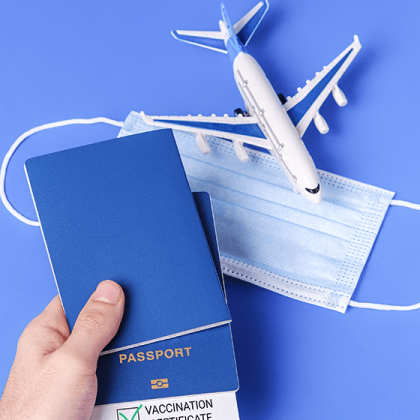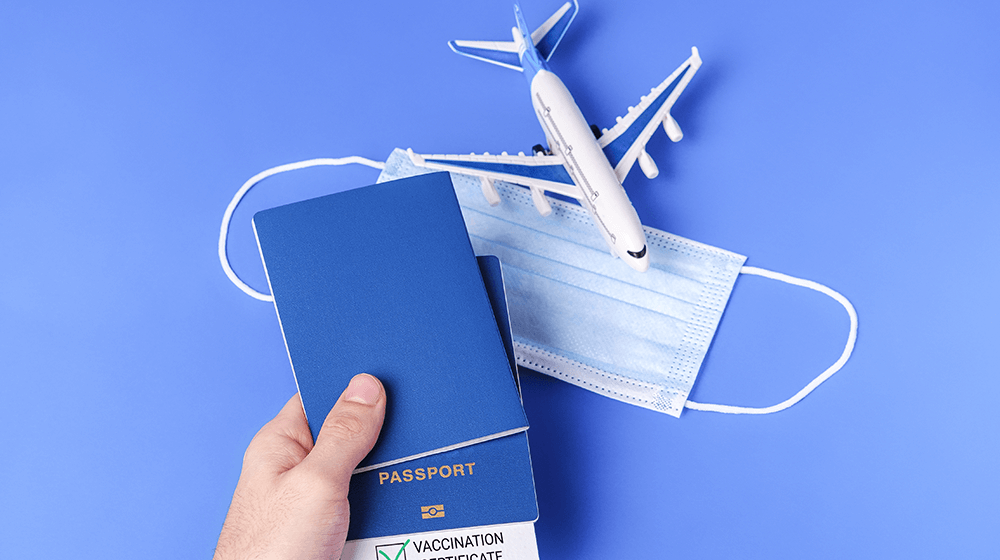Feature your business, services, products, events & news. Submit Website.
Breaking Top Featured Content:
Travel Risk Management Tips to Get Business Travelers Started


As businesses grow, travel tends to become more of a fixture. However, with business travel, risks are involved, and managing travel risks as best as possible is essential. Many companies have developed a travel risk management plan as the business grows. If you’re looking to keep traveling employees safe while also protecting your business – that’s why travel risk management is crucial.
What is Risk Management in Business Travel?
Risk management in business travel can encompass many different elements. Risk management aims to minimize the impact of unforeseen events as much as possible and keep business travelers safe through a well-designed communication plan honoring the duty of care.
For an international organization where traveling abroad is necessary, these measures ensure that potential travel risks are planned for, and there is a structured approach toward employee safety, security, and organizational resilience.
Examples of dangers while traveling could include:
- Civil unrest
- Political instability
- Severe weather
- Terrorist attacks
- Disease outbreaks
- Major incidents regarding safety
- Sudden travel warnings
- Employee health incident
- Crime incidents
- Any other potential threats and risks
Extra Factors to Consider with Travel Risks
When it comes to managing risk and performing risk assessments, identifying the type of risk is just one aspect of business continuity and employee safety. If there is a frequent travel-related risk, such as business trips to high-risk countries, companies must dedicate internal resources to ensuring employee safety.
As a starting point, businesses should consider additional safety measures such as medical evacuation, political risk, and travel insurance. However, you may also need to consider training employees on how to deal with a medical emergency and emergency response training. In addition, you may need to include other travel safety measures, such as an emergency communications process and emergency contact information based on travelers’ locations.
What Should a Travel Risk Management Program Contain?
A comprehensive travel risk management program has two goals: Protecting employees from high risks where possible and ensuring business continuity. There are many resources to help design a travel risk assessment and program. We’ll look at some of the core features a corporate travel risk assessment and the program should have:
- Create clear business travel policies for employees: The first step is to create clear guidelines for international travel that employees must follow. This includes outlining potential risks, critical security information, and how to protect themselves in their travel destination based on the situation.
- Real-time information sources: Emergency situations are never cut and dry, and travel plans can change in the blink of an eye. Ensure that processes for controlling travel and approving travel take into account threat intelligence and other real-time information sources for up-to-date travel advice.
- Clear communication: As situations change, employees must be armed with as much information as possible pre-trip to protect themselves and the company. Outline the company’s duty of care, security measures in place, and how to contact other members of the organization in case travelers face emergencies during the trip.
- Official advice: Include any government advice, such as travel advisories and resources that travelers can consult. You can also use resources such as the Global Business Travel Association to develop a holistic policy.
3 Travel Risk Management Tips that Mitigate Risks
Risk management is about protecting the company and the employee, and it can be challenging to balance the two entirely. We’ll go through some key tips to consider when designing a program for a business trip to keep in mind.
- READ MORE: Travel Safety Tips for Women
1. Create or Reconfigure Your Travel Management Program
Consider your organizational structure and how that relates to risk management. Make it as streamlined and straightforward as possible for employees to understand when embarking on a business trip. Your travel management program needs to address risk from pre-trip planning and destination until company employees are back on native soil. An all-encompassing policy ensures that the company is protected in the face of unforeseen events, including employee safety, data preservation, and security measures.
You can appoint designated travel managers who are in charge of employee security, well-being and managing travel risks as they arise during employee travel. Also, ensure that employees have access to comprehensive health coverage during travel and resources to help them monitor constantly evolving situations during an emergency. You can also provide additional information on how to travel with company devices and equipment and any data concerns that must be kept in mind.
2. Build Out Your Travel Risk Management Strategy
Your strategy will largely depend on which destinations employees are going to and accounting for changes in the near future. But key points to consider include information security, operational resilience, and employee protection. In addition, employee protection and how the company functions in case of significant threats and risks must be considered.
A risk assessment framework before travelers leave for their trip enables companies to enforce travel risk management policies more easily. Consider using broader business travel industry standards such as the ISO 31030:2021 – Travel risk management — Guidance for organizations to design your strategy.
3. Use Digital Technology to Make Your Risk Management Plan More Effective
Luckily with so much technology in place, there are more resources than ever when it comes to risk mitigation. Within the travel manager role, there should definitely be processes in place where employees do regular check-ins with wider teams and provide GPS data access on work devices to ensure they can be found easily in case of an emergency. Depending on the number of employees traveling, there can also be measures in place for incident reporting and real-time updates.
Places Employees Can Get Help During Emergencies
As part of travel risk management, employees should be aware of emergency resources they can contact as part of the company’s duty of care strategy and manage travel risks.
If employees need medical care or there are natural disasters, they should get in touch with local embassies and/or authorities as their first step to get help. They should also be made aware of local and national organizations that can help them, as well as any company resources the company may be able to provide in case of an emergency.
Image: Envato Elements
This article, “Travel Risk Management Tips to Get Business Travelers Started” was first published on Small Business Trends
